Sentinel satellites, school ambassadors and synchrotron studies of dinosaurs Understand article
Science in School is published by EIROforum, a collaboration between eight of Europe’s largest inter-governmental scientific research organisations (EIROs). This article reviews some of the latest news from the EIROs.
CERN: Exciting antimatter
ALPHA – a CERN experiment studying antimatter – has recently performed the first-ever measurement on the optical spectrum of an antimatter atom. Although producing antihydrogen atoms – the simplest anti-atom – is a routine job for most experiments at CERN’s Antiproton Decelerator, it is no trivial matter to trap them and precisely study their physics behaviour. The high-precision measurement achieved by ALPHA is the result of over 20 years of work by the CERN antimatter community.
To observe the spectral line in an antihydrogen atom, the atoms were held in a specially designed magnetic trap. A laser was used to illuminate the trapped atoms at a precisely tuned frequency to trigger the energy transition inside the anti-atom. Subsequently, scientists measured the energy difference between the ground state and the first excited state of antihydrogen and compared it with that of hydrogen.
Within experimental limits – one part in ten billion (1010) – the result shows no difference and confirms once again the expectations set by the Standard Model of particle physics.
For more details, read the full news article.
Based in Geneva, Switzerland, CERN is the world’s largest particle physics laboratory.
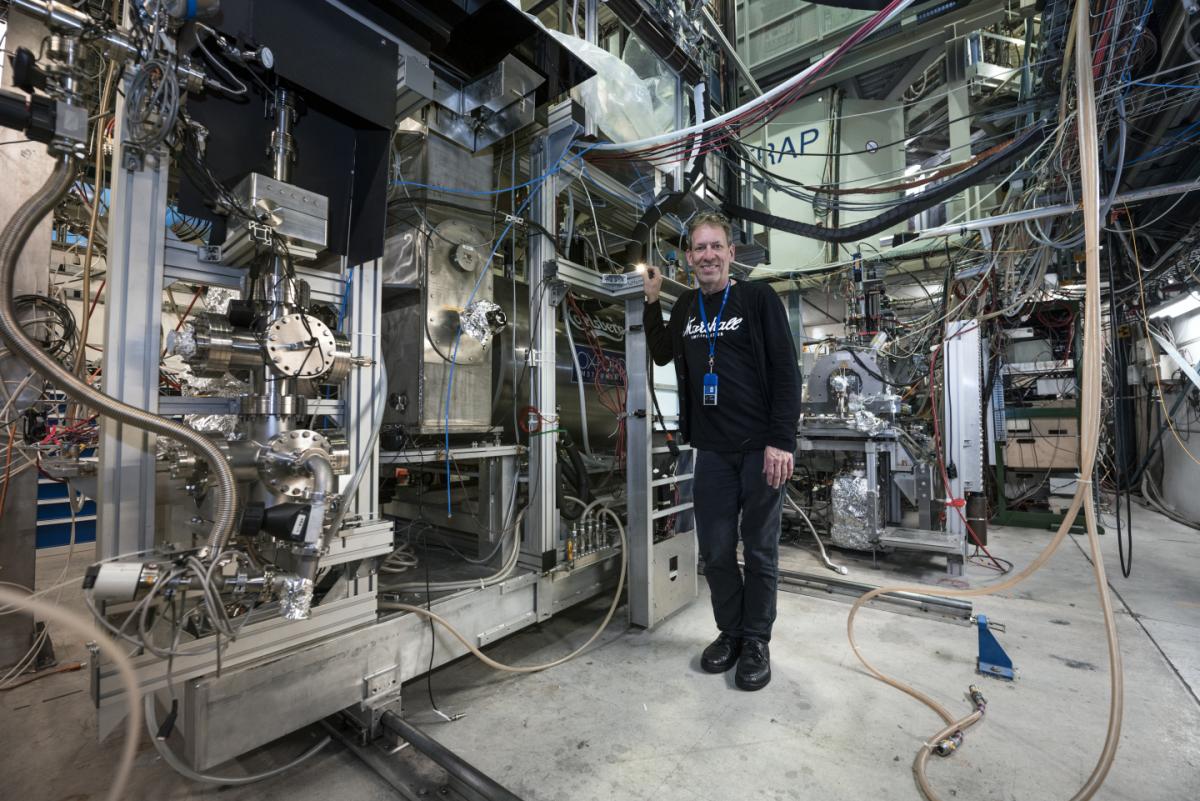
Image courtesy of CERN
EMBL: School ambassador programme
What does it mean to be a scientist? And how do you become one? Presumably, there are as many answers to these questions as there are scientists in the world.
The European Molecular Biology Laboratory (EMBL) school ambassador programme, which has just entered its fifth year, gives school students the chance to meet EMBL researchers and hear their personal science stories. Ambassadors visit schools, usually in their home country, and share their research and experience of working in a scientific environment.
In the past two years alone, the programme, led by EMBL’s European Learning Laboratory for the Life Sciences (ELLS), engaged over 1000 students in countries as diverse as Italy, Belarus and Colombia. The ambassadors’ profiles are a great tool to showcase career paths, break down stereotypes and highlight the international and interdisciplinary nature of scientific research.
To read the ambassadors’ profiles and apply for a school visit, go to the ELLS website.
EMBL is Europe’s leading laboratory for basic research in molecular biology, with its headquarters in Heidelberg, Germany.

Image courtesy of Robert Slowley Photography
ESA: Monitoring our changing world
The European Space Agency (ESA) is building a series of satellites, called the Sentinels, specifically for the European Union’s Copernicus programme – the largest environmental monitoring programme in the world.
Using mainly satellite data, Copernicus offers arguably the most comprehensive view we have ever had of our changing world, and provides the information to decide how best to protect it and its citizens. The Sentinels will help provide accurate and timely data, which are central to this ambitious monitoring programme.
To date, five Copernicus Sentinel satellites have been launched. Sentinel-1A and Sentinel-1B carry radar so that they can still measure Earth’s surface when it is dark or in bad weather. Sentinel-2A and Sentinel-2B carry high-resolution multispectral cameras to support agricultural improvements, monitor the world’s forests, detect pollution in lakes and coastal waters, and contribute to disaster mapping. Sentinel-3A carries a suite of instruments to measure the height and temperature of the sea surface and to monitor seawater quality and pollution. Launched on 7 March 2017, Sentinel-2B is the most recent satellite put into orbit. Next up is Sentinel-5 Precursor, which lifts off in mid-2017 to monitor global air pollution.
ESA is Europe’s gateway to space, with its headquarters in Paris, France.
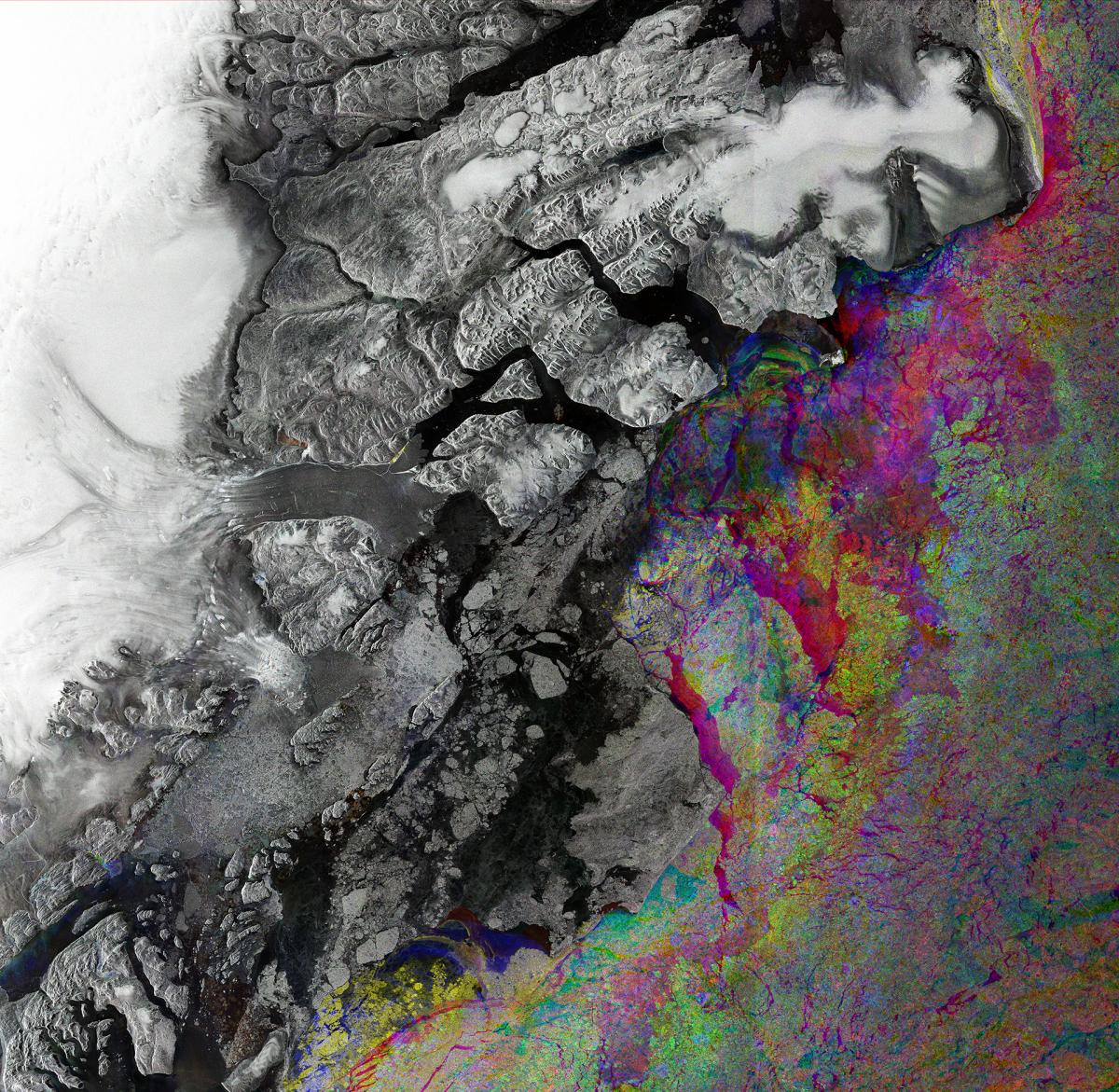
Image courtesy of ESA
ESO: Stars born in winds from supermassive black holes
Observations using the European Southern Observatory (ESO)’s Very Large Telescope (VLT) in Chile have revealed stars forming within powerful outflows of material blasted out of supermassive black holes at the cores of galaxies. These are the first confirmed observations of stars forming in this kind of extreme environment. The discovery has many consequences for understanding the properties and evolution of galaxies.
A UK-led group of European astronomers used the MUSE and X-shooter instruments on the VLT to study an ongoing collision between two galaxies, known collectively as IRAS F23128-5919, that lie around 600 million light years from Earth. The group observed the colossal winds of material — or outflows — that originate near the supermassive black hole at the heart of the pair’s southern galaxy, and have found the first clear evidence that stars are being born within them.
Such galactic outflows are driven by the huge energy output from the active and turbulent centres of galaxies. Supermassive black holes lurk in the cores of most galaxies, and when they gobble up matter they also heat the surrounding gas and expel it from the host galaxy in powerful dense winds.
The discovery provides new and exciting information that could improve our understanding of some astrophysics, including how certain galaxies obtain their shapes, how intergalactic space becomes enriched with heavy elements and even where unexplained cosmic infrared background radiation may arise.
To read the full news story, visit the ESO website.
ESO is the world’s most productive ground-based astronomical observatory, with its headquarters in Garching, near Munich in Germany, and its telescopes in Chile.
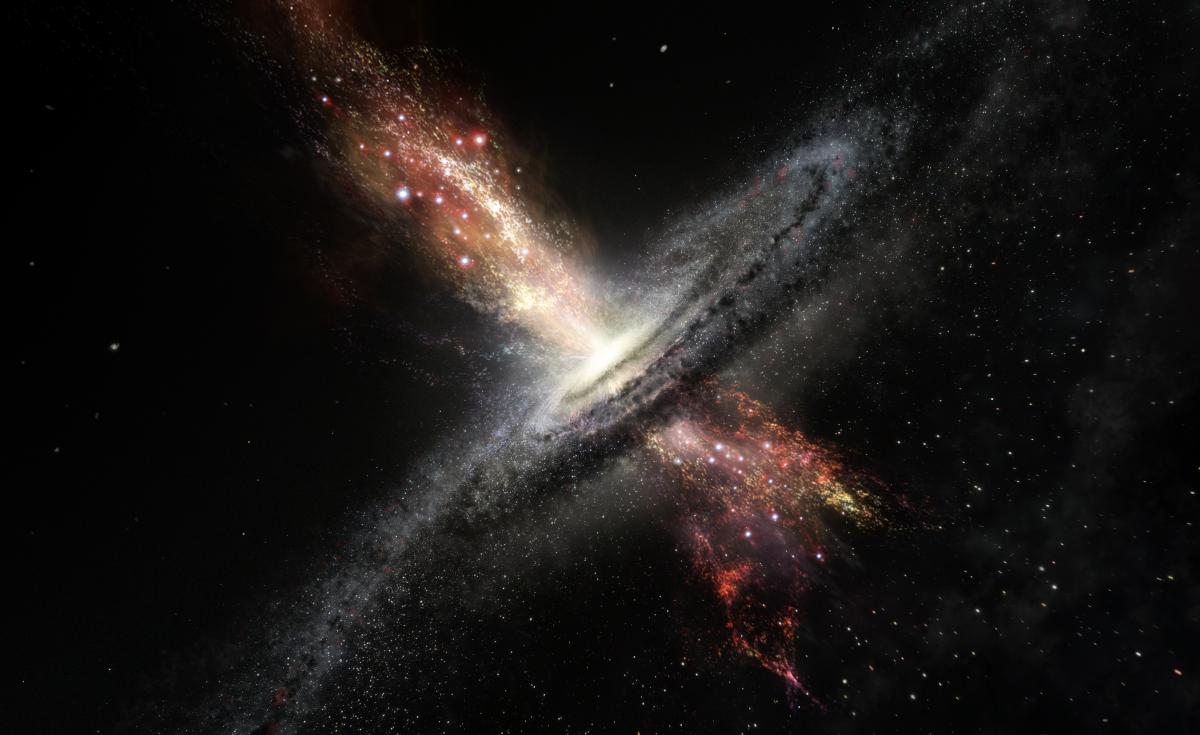
Image courtesy of ESO
ESRF: How dinosaurs became giants
Thirty dinosaur eggs, one baby and a juvenile of the same species have travelled from their native Argentina to the European Synchrotron Radiation Facility (ESRF) in Grenoble, France, to be studied with powerful X-rays. The goal: to understand more about the development and growth of prosauropod Mussaurus patagonicus – a primitive herbivorous dinosaur that lived about 200 million years ago – and find out how dinosaurs evolved to be so large.
It was vertebrate palaeontologist Diego Pol – a researcher at the Argentinian National Scientific and Technical Research Council (CONICET) – who brought the samples to ESRF. He believes that ESRF can provide many answers about the growth of Mussaurus, but also of dinosaurs in general. “There has never been such a range of fossils of the same species at different stages, so it is a really unique opportunity”, he says.
“When the studies using synchrotron radiation started around a decade ago, it was eye-opening to see all the possibilities for finding out what is inside fossils without destroying them”, Diego says. The experiments at ESRF are, for him, “exciting and very promising. It’s like a second discovery.” After examining all the data collected, scientists hope to unveil the secrets of Mussaurus and to explain the mystery of the evolutionary origins of dinosaurs’ giant size.
For more details, read the full news article on the ESRF website.
Situated in Grenoble, France, ESRF operates the most powerful synchrotron radiation source in Europe.
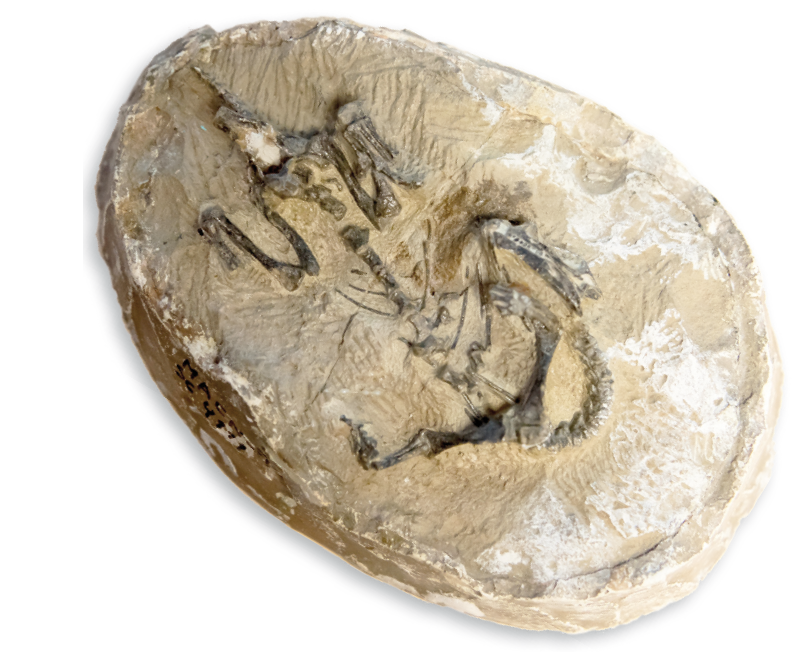
Image courtesy of ESRF / C Argoud
EUROfusion: Hello, Ukraine!
On 1 January 2017, EUROfusion welcomed Ukraine into its family. EUROfusion is the European consortium for the development of fusion energy, and it now has 30 members from 26 European Union countries plus Switzerland and Ukraine. The Ukrainian signatory is the Kharkov Institute for Physics and Technology.
The Ukrainian fusion infrastructure is currently equipped with two fusion devices known as stellarators; these are called Uragan-2M and Uragan-3M. Igor Garkusha, head of the Ukrainian research unit, says that by signing the EUROfusion agreement, Ukrainian researchers will have better participation in European fusion programmes. This includes access to the Joint European Torus (JET), EUROfusion’s flagship device in Culham, UK, which is the largest tokamak in the world; and to Wendelstein 7-X, one of the most advanced stellarators, located in Germany.
Professor Garkusha also wants students to benefit from EUROfusion’s education and training programmes. “Joining EUROfusion and establishing the Ukrainian research unit is an important milestone for our fusion community and we expect further fruitful work with EUROfusion”, he says.
EUROfusion manages and funds European fusion research activities, with the aim to realise fusion electricity by 2050. The consortium comprises 30 members from 26 European Union countries as well as Switzerland and Ukraine.
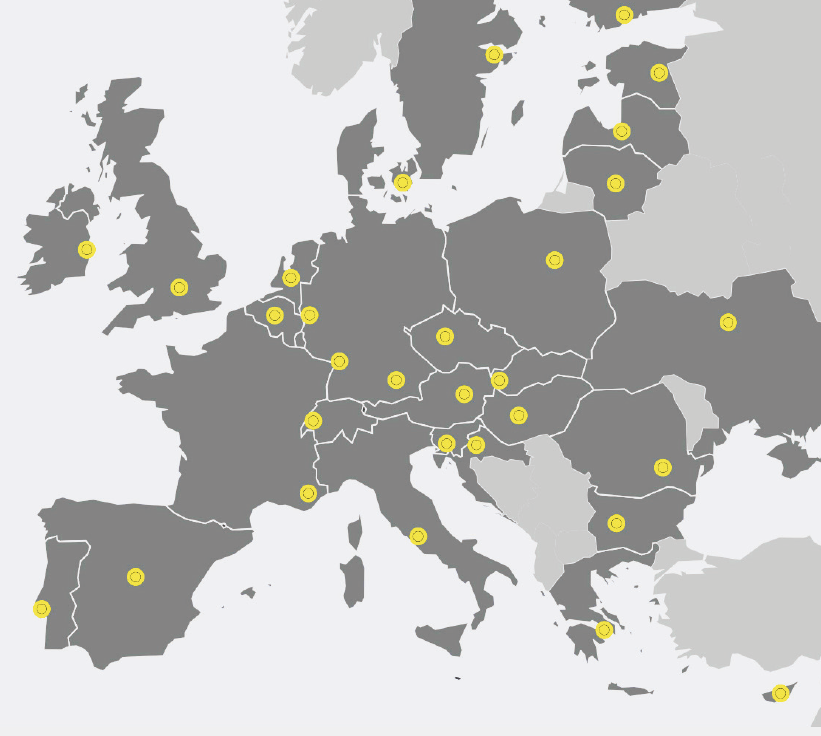
Image courtesy of EUROfusion
European XFEL: First laser light on its way
European XFEL, the world’s biggest X-ray laser, is set to deliver its globally unique X-ray laser flashes. The facility, which started commissioning in October 2016, successfully tested its superconducting linear particle accelerator, which energises the electrons from which the X-ray laser flashes are generated. Scientists at European XFEL were able to detect the first X-ray laser light in Spring 2017, showing that the accelerator and undulators are in good working order and well on the way to providing users with the world’s best X-ray laser flashes.
Since the beginning of the year, the 1.7 km long accelerator has been working at its operating temperature of 2 Kelvin (-271 °C). At this temperature, its main components – cavities made out of the element niobium – lose their electrical resistance and take on superconducting properties, allowing for highly efficient acceleration of the electrons. Manufacturing, testing, and installing the accelerator was a joint effort between 17 institutes across Europe, led by European XFEL’s largest shareholder, DESY (Deutsches Elektronen-Synchrotron).
To generate the X-ray laser flashes, the electrons are directed through a special X-ray–generating section of the facility, known as an undulator. Within the 210 m long undulator, alternating magnetic fields make the electrons give up their energy in the form of X-ray flashes. The flashes are then distributed to instruments in the facility’s experiment hall, where users perform their work.
Starting in autumn 2017, the flashes will be used by researchers from around the world to study the nature of matter. Until then, European XFEL and DESY scientists will work to ensure that the flashes are consistent and of the highest possible quality for the first users, who submitted their proposals for experiments in March.
European XFEL is a research facility currently under construction in the Hamburg area in Germany. Its extremely intense X-ray flashes will be used by researchers from all over the world.
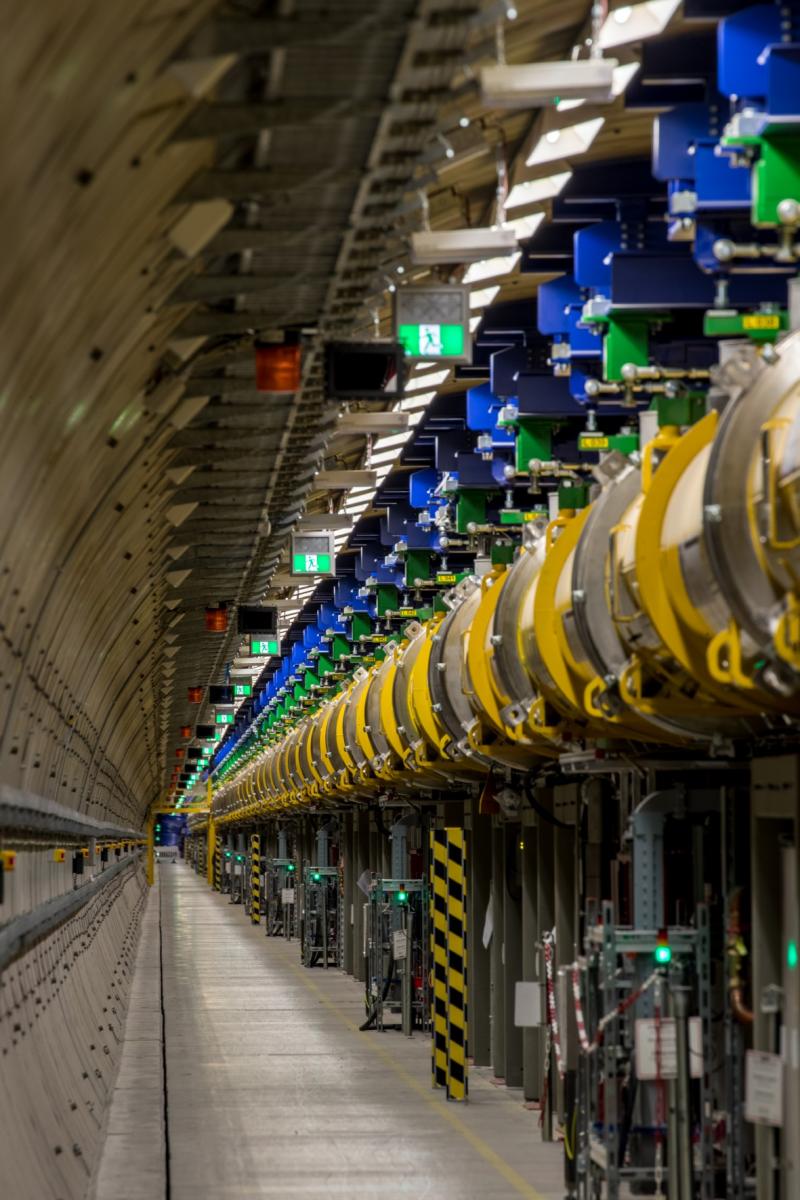
Image courtesy of DESY
ILL: 50 years on and still in its prime
The Institut Laue-Langevin (ILL) celebrated its half-centenary on 19 January 2017, with festivities welcoming staff members and external guests, including many prominent personalities. The aim was to organise an event that, while looking back on past achievements, had its eyes firmly fixed on the future.
The institute presented itself in the best possible light, leaving everyone with the firm feeling that neutron science at ILL is in excellent hands and will remain so for many years to come. A special book has been produced to mark the event, retracing ILL’s 50 years of service to science and society.
The electronic version of the book can be found on the ILL website.
Based in Grenoble, France, ILL is an international research centre at the leading edge of neutron science and technology.
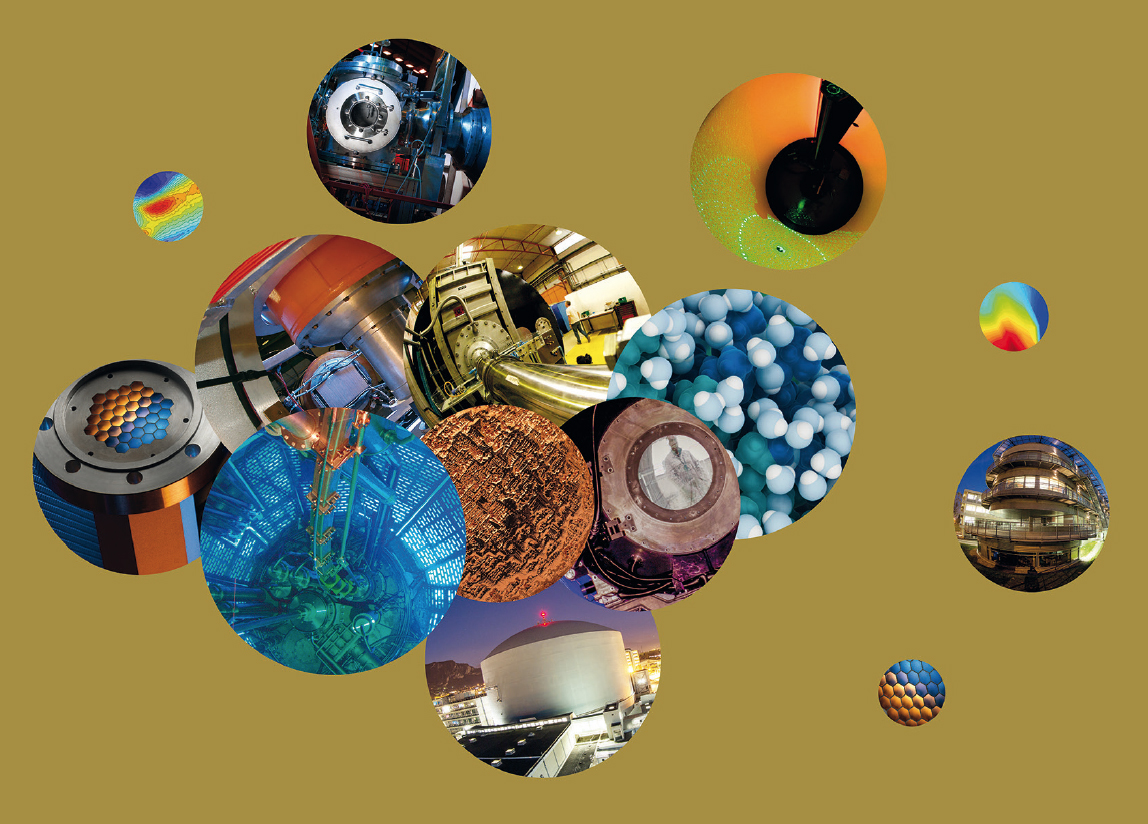
Image courtesy of ILL
EIROforum
EIROforum combines the resources, facilities and expertise of its member organisations to support European science in reaching its full potential.
To learn more, see also the list of EIROforum-related articles in Science in School or browse the other EIRO news articles.






